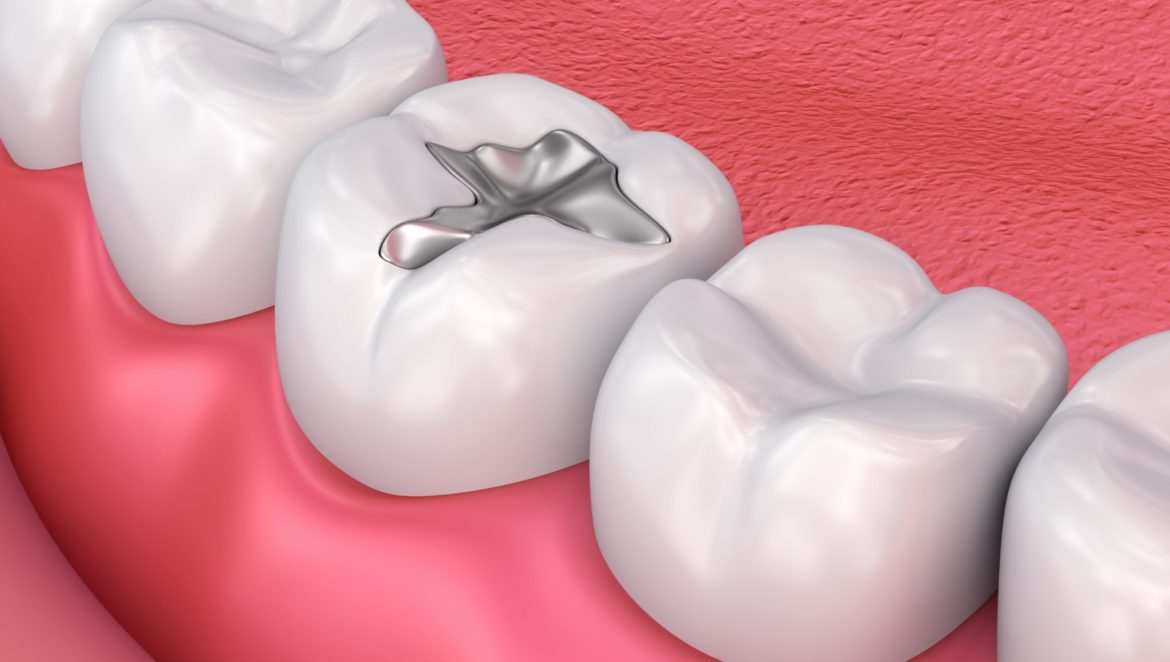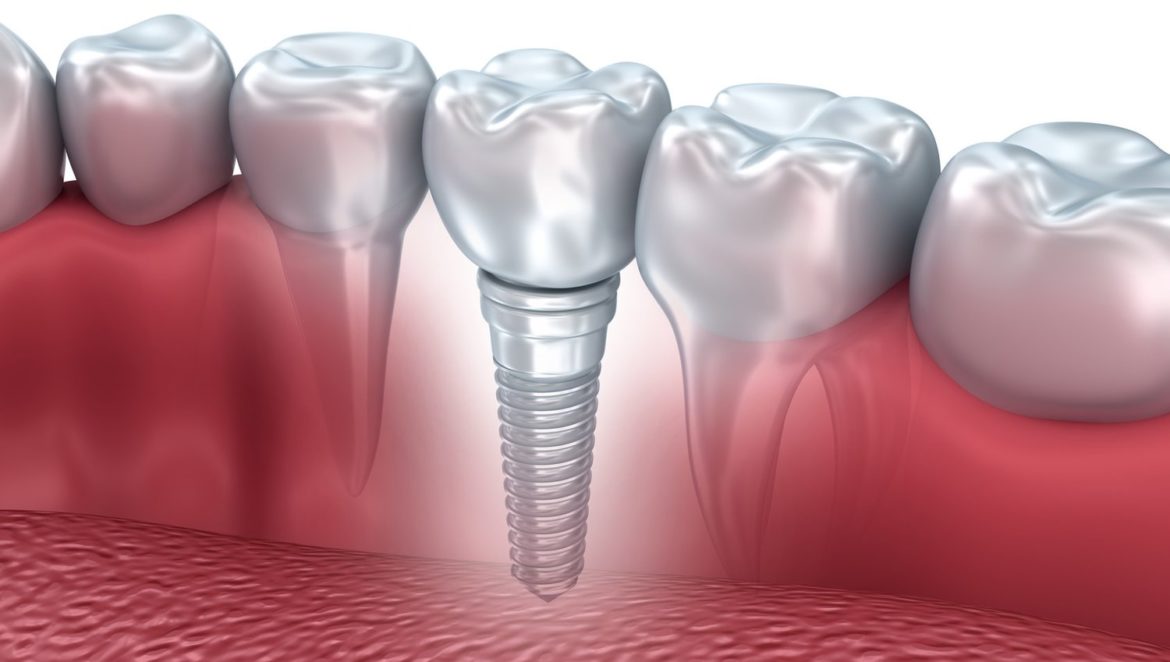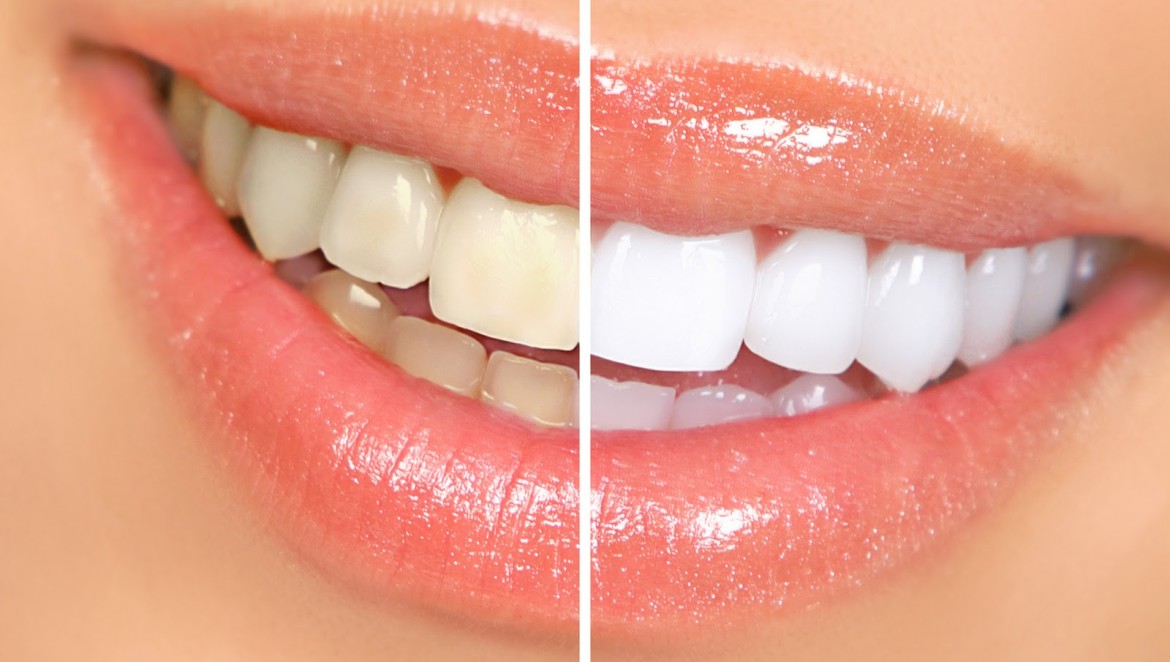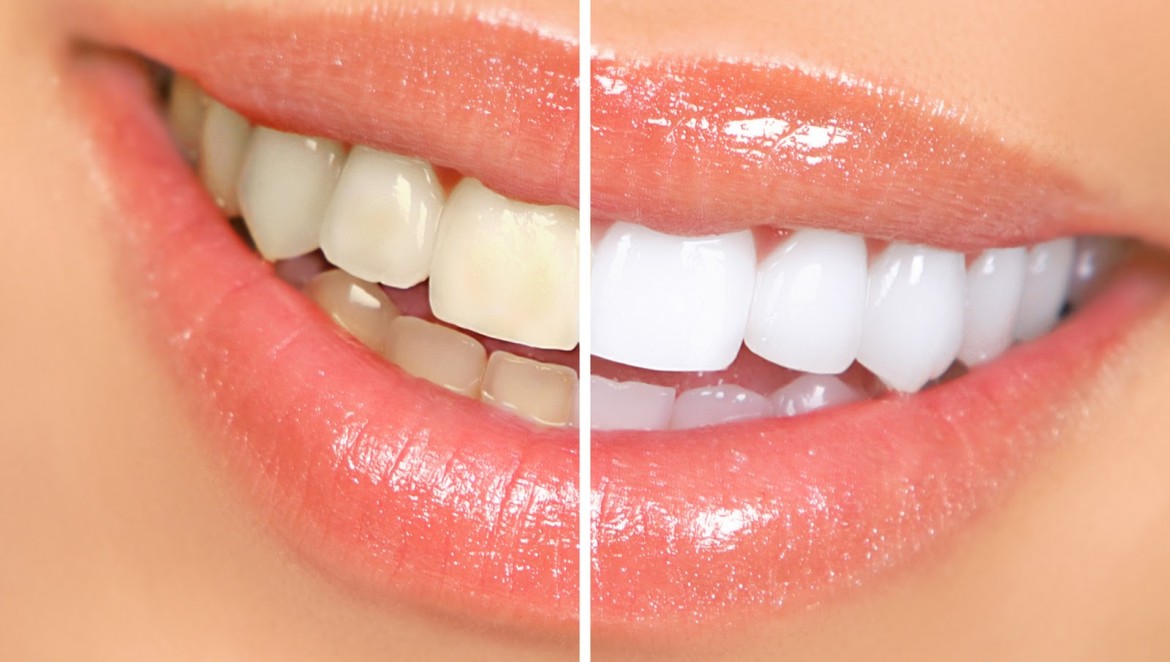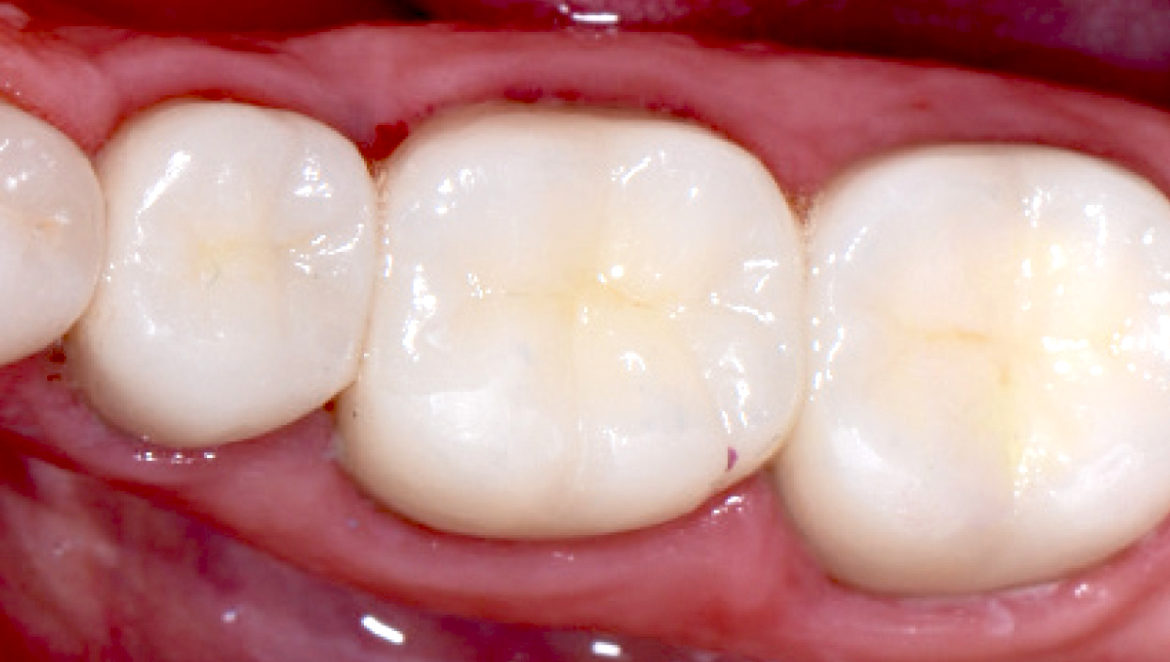March 5, 2021
Dental Fillings – A Complete Overview
Many Americans will need to get a dental filling at some point in their life. Dental fillings are one of the most common procedures performed by dentists, but many people have questions about them. There are more and more options that you can choose from when getting a dental filling besides the traditional silver or amalgam fillings. If you are experiencing sharp pain when biting down, or a throbbing in your jaw that just won’t go away you may need to see a dentist get a cavity filled. There are a number of options and techniques that you can choose from. Let’s start by exploring the two major choices you make when getting a dental filling: amalgam versus composite fillings.What is a dental filling?
When a cavity has progressed past the tooth enamel, and thus cannot be repaired by a fluoride treatment, a filling is required. Fillings can be made from a variety of materials, but their purpose is to close the tooth and prevent any more bacteria from entering the next layer of the tooth. The first step is to prepare the tooth for the placement of the restorative material. The tooth is prepared by cutting away a portion of the tooth that is infected to make space for the restorative materials. Any dental decay is removed and the tooth is thoroughly cleaned. Portions of the tooth that is structurally unsound are also removed. If the restorative materials cannot be added to the tooth immediately sometimes a temporary restoration is placed. After the tooth has been prepared, the restorative material is placed. The materials used can vary widely depending on location, availability, patient preferences, and cost. The two most common types of filling materials are amalgam and composite fillings. Each has its own benefits and drawbacks. Let’s take a deeper look at each of these filling types.What are amalgam fillings?
Amalgam fillings are often known as “silver fillings.” These are made out of a mixture of metals, that is why they are called an amalgam. They are often composed of a mixture of mercury, silver, tin, and copper. The mercury is rendered inert by the other metals and despite making up 50% of the filling, is a safe and stable compound. This filling is very strong and durable, making it perfect for long term use. This kind of filling has the longest history of being successfully used, with the earliest amalgam fillings being first used in the 19th century. Unlike composite fillings, amalgam fillings can discolor the tooth as light cannot pass through the tooth as it naturally does. Some people also may have some sensitivity to the metals that are used in the amalgam.What are composite fillings?
Composite fillings are a newer kind of filling that is made from a resin that is composed of ceramic and plastic compounds. This makes them easily matched to the natural tooth color of the surrounding tooth. This makes them a great option for fillings in teeth that are exposed when you smile, like your front teeth. They are often known as “white fillings” or “tooth-colored fillings”. These filings are nearly invisible. They easily adhere to the tooth and actually bond to the surface of the tooth. They also preserve the maximum amount of the tooth compared to amalgam fillings. They are easily shaped with your tooth so less of the tooth is needed to be removed to place them. It is important to note that the procedure to get a composite filling can take a little longer than getting an amalgam filling. Because white fillings don’t contain mercury, there are no health risks associated with using white fillings. And some people even experience less post-treatment discomfort and sensitivity from composite fillings.What does dental bonding involve?
Getting a dental composite sometimes is called dental bonding. Generally, this can be done in a single visit to the dentist. The resin is bonded and shaped to the tooth after being placed, hardened and polished. This kind of composite is ideal for small cosmetic dental work. When compared to other kinds of tooth repair, such as crowns or veneers, fillings will require the least amount of enamel to be removed Generally, the process begins with a gentle phosphoric acid being applied to the tooth. This allows for a surface for the resin to be applied and bonded to. The resin is putty-like. It is shaped and sculpted onto the tooth surface. Then, a special light is used to harden the resin and set it in place. It is then polished and buffed for a smooth finish. The entire process takes just about 30 minutes to an hour. Often anesthesia is not needed unless the bonding is used to fill a decayed tooth.How long do composite fillings last?
Fillings do have a finite lifespan before they begin to fail and must be replaced. It is important to see a dentist as soon as you notice that your filling has failed. This allows them to replace it as soon as possible and preserve the health of your teeth. White composite fillings are good for seven to ten years in most healthy patients. But, there are always advancements in the material field for tooth fillings. This data may not be reflective of current materials, as the data is based on older types of dental fillings. Newer materials may even be as durable as amalgam fillings. Amalgam fillings are slightly stronger and durable, lasting for potentially up to 12 years if they are taken care of properly.Are white fillings strong?
White composite fillings may have a reputation of being much weaker than amalgam fillings, but this is quickly changing. The new developments in the materials used in composite fillings have made them much stronger than in the past. Many more people are choosing to use a composite filling over an amalgam filling than in the past.What is the best material for dental fillings?
The best material depends on you, the patient, and your oral health needs. When working with your dentist to address tooth decay, be sure to consider at least the following:- Aesthetics, how you want your teeth to look
- Cost, insurance may be able to help
- Any health concerns

